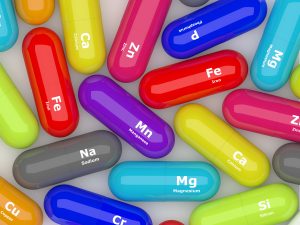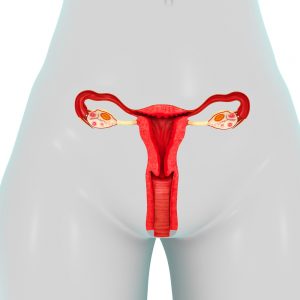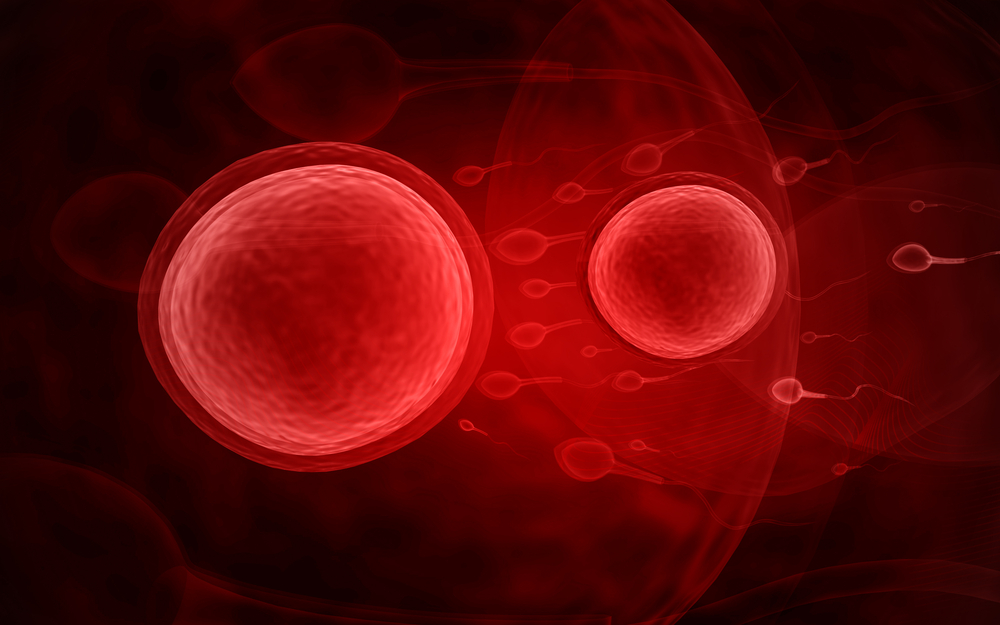
DHEA and Fertility | Fertility & Pregnancy Acupuncture Clinic
At my acupuncture clinic I see many clients who are undergoing assisted fertility treatments. Some of these clients have undergone numerous rounds of unsuccessful cycles or been given a poor prognosis of becoming pregnant or keeping a pregnancy. In our internet age many women will often start to research ways that they can improve their chances and come in asking questions about information they have found on the internet.
Many of these questions are regarding supplements and recently dehydroepiandrosterone (DHEA) has come up a lot prompting me to do my own research on what this supplement is, how it might help fertility, who might benefit from it, what side effects may be experienced and where it can be obtained. For those interested I have also included a little about the history of how DHEA has come to be used for fertility and some of the research about it.
So what is DHEA and Fertility history?

DHEA is a naturally occurring hormone which converts into androgens (mainly testosterone) in females. It is essential in the production and development of healthy eggs. It is also commonly supplemented to increase fertility for certain women, particularly those with diminished ovarian reserve (DOR). It is estimated at least one quarter of fertility clinics worldwide are prescribing DHEA to their clients (1).
How does DHEA improve fertility?
Whilst I find the science behind it a little complicated it is essentially thought that supplementation with DHEA benefits ageing ovaries or diminished ovarian reserve. When used over a period of time can improve ovarian reserve and increase both the number and quality of the eggs. Due to these effects it results in increased pregnancy rates and lower miscarriage rates (through reducing chromosomal abnormalities in the eggs) (2).
Who might benefit from DHEA supplementation?

It’s important to remember that DHEA focuses on egg health and will not improve other fertility issues, such as PCOS or endometriosis. So whilst it might be tempting to try to source DHEA and begin supplementation it is very important to speak to your fertility doctor to determine if it might be helpful for you. This is a link to a forum which demonstrates that some women feel it hindered their attempts to get pregnant. I have included it to show that any medications are only beneficial to certain groups of the population and that obtaining supplements without proper medical advice can be harmful.
Where can you get DHEA?
In Australia DHEA is not sold as a nutritional supplement as it is in the US. You must obtain a prescription from your fertility doctor if you feel this supplement is appropriate for you.
What are the side effects of DHEA?
Reported side effects from DHEA supplementation are oily skin, hirsutism (male pattern hair growth) and acne. My clients have reported that they feel their skin is oilier and more prone to acne break outs, more dark hairs in places such as their chin and upper lip (although it is usually just a few hairs) and one felt that her hair was falling out and becoming thinner.
Research
It has been difficult for researchers to conduct randomised controlled trials on DHEA as clients are unwilling to be randomised and risk not receiving the real DHEA (2). Therefore, the research available is case control studies which is not considered the best standard of research but still contributes to information about this product.
Wiser et al looked at 33 women who had significant DOR, with 16 in the control group and 17 in the DHEA group. The women in the DHEA group were given 75mg of DHEA daily prior to and during their next IVF cycle. Improved embryo quality was seen during both their first and second IVF cycles. They had live birth rates of 21% compared to 4% in the control group. One woman in the DHEA group conceived naturally after 45days of DHEA supplementation. Twelve of the women were over the age 42 years and 6 of the 7 births were women with secondary infertility (women with second babies) (3).
Mamas & Mamas found DHEA supplementation of 50 – 75mg daily for at least 4 months prior to IVF in women with DOR, premature ovarian failure (POF) or premature ovarian aging lead to improved egg production and embryo quality (including in women aged 40-47 years), natural conception, improvement in IUI and IVF outcome, improvement in pregnancy outcome and reduced miscarriage rates (4).
Gleicher et al (2009) reviewed miscarriage rates and found that women with DOR who were treated with DHEA had very similar miscarriage rates to the average population (5). This is significant as women with DOR have well-documented high miscarriage rates compared to the average population. They think this is because DHEA reduces aneuploidy (chromosomal abnormality).
History of DHEA and Fertility
The first research regarding DHEA was reported in 2000 by Casson et al who found it providing therapeutic benefit in women with diminished ovarian reserve (DOR) by improving the amount of eggs obtained. Despite these promising results there were no follow-up studies until several years later when a 43 year old woman diagnosed with DOR read the paper and started taking it. In her first IVF cycle (prior to DHEA supplementation) this woman produced 1 egg and 1 embryo. She then started researching other measures which might help her to improve her chances of having her desired baby. When she found the research article by Casson et al she commenced taking DHEA (along with weekly acupuncture) which is sold over the counter as a nutritional supplement in the US. Her egg and embryo amounts steadily improved to 17 eggs and 16 embryos in her ninth IVF cycle (when she was 44 years old.). She disclosed her DHEA supplementation to her fertility specialists on her 6th cycle as they were surprised by this increase in egg number and quality and it was this that prompted further research into DHEA.
References
1.Patrizio P, Leong M. Survey: Poor responders: How to define, diagnose and treat?, http://www.ivf-worldwide.com/survey/survey-poor-responders.html
2.Gleicher N, Barad DH. (2011) Dehydroepiandrosterone (DHEA) supplementation in diminished ovarian reserve (DOR). Reproductive Biology and Endocrinology. 9:67. http://www.ncbi.nlm.nih.gov/pmc/articles/PMC3112409/#B11
3.Wiser, A. et al. (2010) Addition of dehydroepiandrosterone (DHEA) for poor-responder patients before and during IVF treatment improves the pregnancy rate: A randomised prospective study. IVF Unit, Department of Obstetrics and Gynaecology, Meir Medical Centre, Kfar Saba, Israel.
4.Mamas, L., Mamas, E. (2009) Dehydroepiandrosterone supplementation in assisted reproduction: rational and results. Current opinion in Obstetrics and Gynaecology: Issue 4, pp. 306-308, August
5.Gleicher, N. et al. (2009) Miscarriage rates after dehydroeoiandrosterone supplementation in women with diminished ovarian reserve: a case control study. Reproductive Biology and Endocrinology, 7:108.
6.Casson PR, Lindsay MS, Pisarska MD, Carson SA, Buster JE. (2000) Dehydroepiandrosterone supplementation augments ovarian stimulation in poor responders: a case series. Human Reproduction, Oct; 15(10):2129-32.
7.Barad DH, Gleicher N. (2005) Increased oocytes production after treatment with dehydroepiandrosterone. Fertility & Sterility, 84:756.e1–3.

